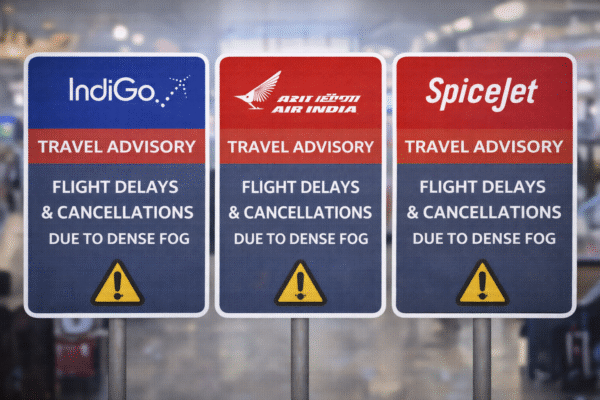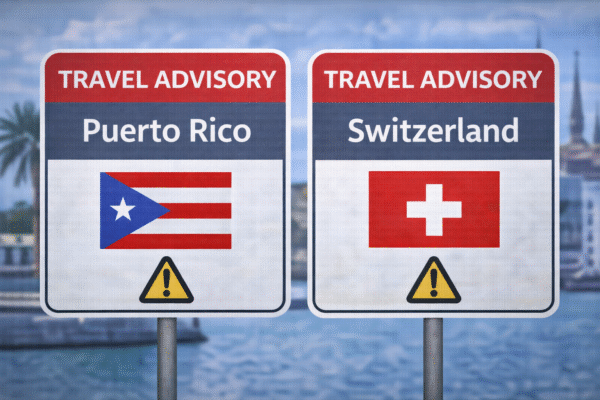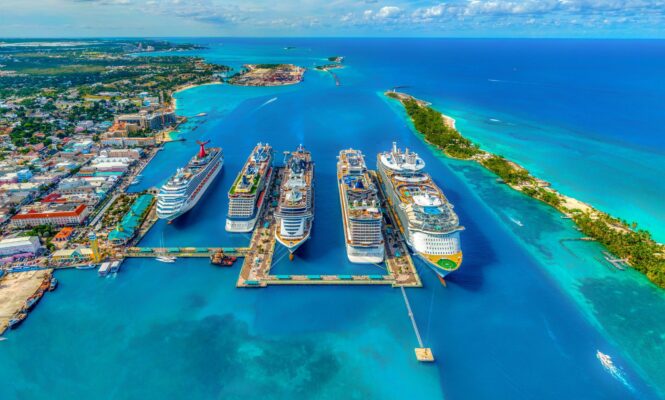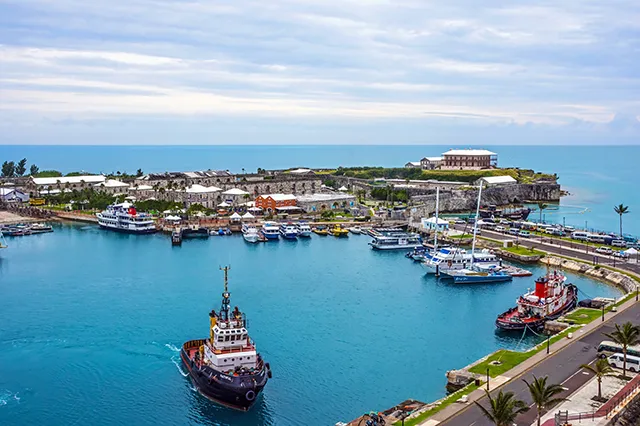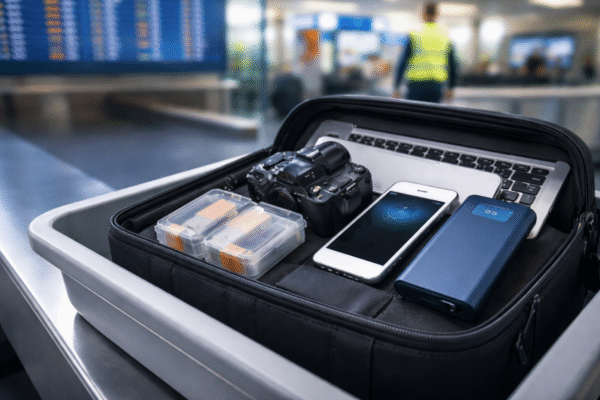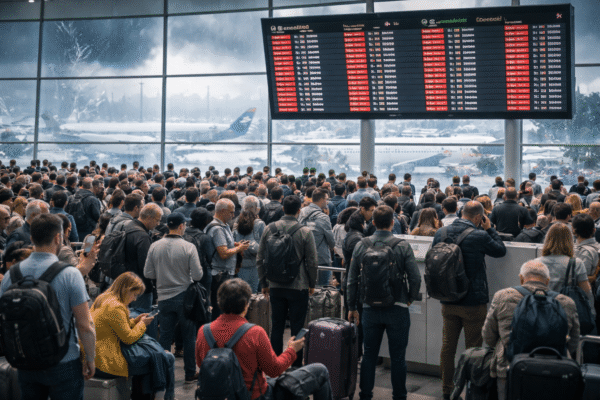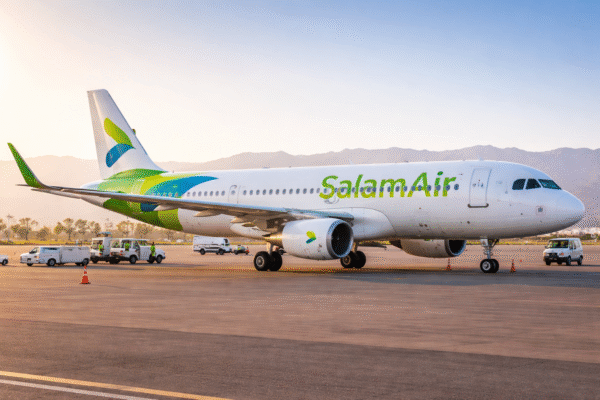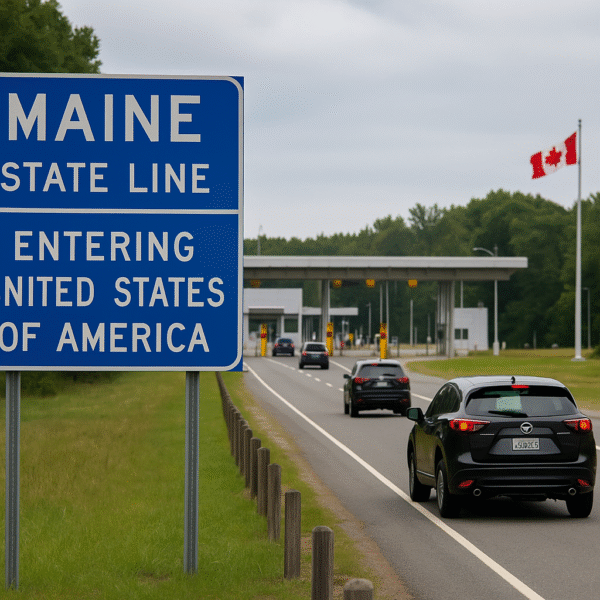Maine’s vibrant tourism sector, long bolstered by Canadian visitors, is experiencing an alarming decline. In July, only about 277,000 people entered Maine from Canada—a 28% drop compared to the same month the previous year. This marks the sixth consecutive month of decline in cross‑border traffic, a trend that has raised serious red flags for businesses and local officials.
This downturn is most pronounced among road travelers, where arrivals by car plunged by roughly 36–37% in months like April and July, compared to the previous year. Meanwhile, air travel from Canada to the U.S. has also contracted, with related travel bookings and landings seeing double‑digit decreases.
Underlying Causes: Politics, Costs, and Confidence
Multiple factors contribute to the collapse in cross‑border tourism:
- Political Tensions & Boycotts
The ongoing Canadian boycott of U.S. travel and products, in response to tariffs and controversial U.S. rhetoric—including proposals of annexation—has fostered widespread Canadian reluctance to visit. - Economic Disincentives
Unfavorable currency exchange, combined with higher travel costs and economic uncertainty, have dampened Canadian appetite for U.S. trips. Many now prefer destinations like Mexico, the Caribbean, or Europe, while even domestic Canadian travel has increased. - Border Anxiety
Heightened scrutiny at U.S. entry points—along with well-publicized detentions—have fueled anxiety among potential Canadian visitors.
Together, these factors have triggered a sharp drop in cross‑border travel, with estimates pointing to U.S. losses of over $4 billion in tourism revenue from Canadian travelers.
The Ripple Effects Across Maine’s Tourism Hotspots
Maine’s economy, especially coastal towns and national parks, heavily depends on summer tourism. In 2023, the state drew over 15 million visitors who spent more than $9 billion, with key attractions like Acadia National Park welcoming 4 million visitors annually and Bar Harbor alone generating $475 million in tourism spending.
The hit from declining Canadian visitation is acute:
- Local businesses—from lodging to guided tours—are seeing empty rooms and fewer bookings.
- Duty‑free stores and border‑adjacent shops, in particular, have reported drastic drops in sales.
- Communities that thrive on summer traffic are now scrambling to stay afloat.
Recovery Actions: Rebuilding Appeal and Reconnection
To counteract the tourism slump, state and local authorities are stepping up:
- Marketing Push: Maine officials are ramping up promotional campaigns aimed at emphasizing safety, warm hospitality, and the natural appeal of places like Acadia, Freeport (home to the iconic L.L. Bean store), and coastal charm.
- Diplomatic Outreach: Governor Janet Mills and other leaders are actively reaching out to Canadian counterparts to rebuild goodwill and reassure tourists that Maine remains a welcoming destination.
- Local Initiatives: Businesses are offering flexible policies, value-added packages, and renewed local partnerships to make visiting more attractive and affordable.
What Lies Ahead for Maine Tourism?
Whether Maine’s tourism sector will regain its momentum hinges on several factors:
- Improved U.S.–Canada Relations: If political friction eases or consumer confidence returns, a rebound in cross-border traffic appears possible.
- Economic Trends: A stable exchange rate and improved economic sentiment could encourage Canadians to resume travel to Maine.
- Domestic Tourism Growth: Boosting resident tourism could help fill the gap left by Canadian visitors.
In the meantime, Maine’s iconic landscapes—from rugged shoreline to national parks—remain as inviting as ever. But unlocking their full potential again depends on restoring old connections, rebuilding trust, and ensuring that tourism stays both vibrant and welcoming.
For more travel news like this, keep reading Global Travel Wire






